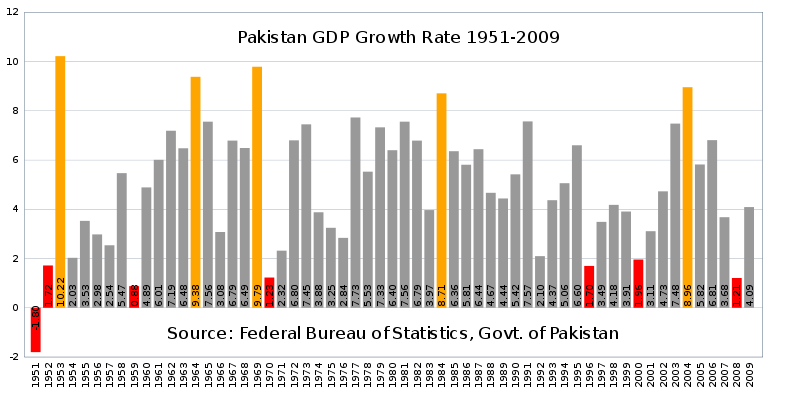batmannow
ELITE MEMBER

- Joined
- Jan 28, 2008
- Messages
- 18,830
- Reaction score
- -19
- Country
- Location
bt still commando hve better accent thn both ganjaa sharifs?not to mention we have better english accent too as per our dear commando





Follow along with the video below to see how to install our site as a web app on your home screen.
Note: This feature may not be available in some browsers.

bt still commando hve better accent thn both ganjaa sharifs?not to mention we have better english accent too as per our dear commando





Congratulations Pakistan because your space program is ahead of Indias.
Pakistanis love hearing the truth and musharraf loves speaking it. Its all good.
bt still commando hve better accent thn both ganjaa sharifs?


@Fracker
Actually wiki lists 63 satellites, out of these about 40 on Indian rockets.
List of Indian satellites - Wikipedia, the free encyclopedia


bt still commando hve better accent thn both ganjaa sharifs?


PPP's government, in an MOU with the IMF, hailed the performance of Pakistan's economy under President Musharraf's watch as follows:
"Pakistan's economy witnessed a major economic transformation in the last decade. The country's real GDP increased from $60 billion to $170 billion, with per capita income rising from under $500 to over $1000 during 2000-07". It further acknowledged that "the volume of international trade increased from $20 billion to nearly $60 billion. The improved macroeconomic performance enabled Pakistan to re-enter the international capital markets in the mid-2000s. Large capital inflows financed the current account deficit and contributed to an increase in gross official reserves to $14.3 billion at end-June 2007. Buoyant output growth, low inflation, and the government's social policies contributed to a reduction in poverty and improvement in many social indicators". (see MEFP, November 20, 2008, Para 1)
http://www.imf.org/External/NP/LOI/2008/pak/112008.pdf
Pakistan's HDI grew an average rate of 2.7% per year under President Musharraf from 2000 to 2007, and then its pace slowed to 0.7% per year in 2008 to 2012 under elected politicians, according to the 2013 Human Development Report titled “The Rise of the South: Human Progress in a Diverse World”.

Haq's Musings: Who's Better For Pak Human Development? Musharraf or Politicians?

If you think he has better accent then more power to you. This human brain can play crazy tricks.
also if you can please bring a price chart for when he took the office and when he left or are we just gonna see one side of coin everytime, again human brain can make you believe a cow is a horse you just have to practice the mind power.
By the way commodity prices doubled in US and Canada too in last 5 years but here they are using a different mind tricks, reducing the contents of a box instead of increasing the prices too much, its the mind thinggy...lol





 @Mushy
@Mushy 
